EnviroTechnical Imaging
Photorealistic Land Planning Exhibits
Destination for "Milon James Trumble 1879-1931"
"The Magic Eye" and other books by Ann Mauer
EnviroTechnical Imaging [ETI]
United States
ph: 951-240-2381
ann
MILON JAMES TRUMBLE 1879-1931
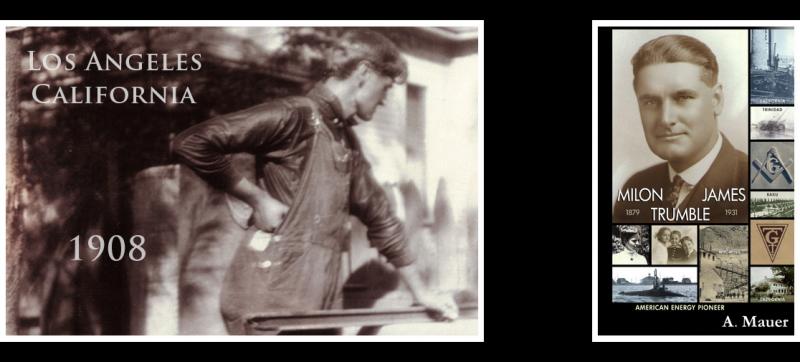
Milon J. Trumble was an early 20th century inventor who experimented widely with petroleum, shale, coal, oil, steam, various hydrocarbons, metals and more. Looking inside his life can help illuminate the path of America’s early energy.
A timeline at the front of the book shows how milestones in Trumble's life fit with other historical benchmarks. Inventors such as he labored to perfect different forms of energy parallel to their work developing petroleum. An introduction explores how people today remain unfamiliar with energy alternatives explored this early in U.S. history. New history and family stories are emerging now. We should wonder if we unconsciously followed a path to erase such memories. The time has arrived to acknowledge the more complete American legacy.
AGE OF EARLY FUEL
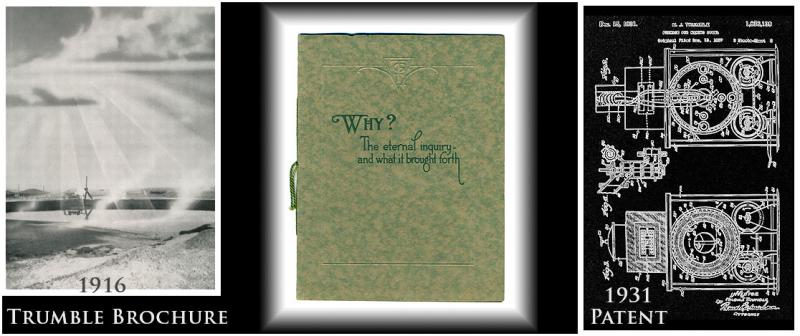
At the dawn of industry, engineers, chemists and scientists around the world were building upon each other’s work. Using mineral and energy resources, a tremendous race began. Methodical laboratory research continued as it had for centuries in many countries. Scientists stepped up the pace.
Meanwhile, risky endeavors to develop new combustion and propulsion took off rapidly in America. Risk involved physical endeavors on rugged territory. Hopeful investors laid out sums of money. Individuals and families such as Trumble’s had to operate in a freewheeling, chaotic environment where trust was earned and scoundrels to be avoided. While the auto industry commanded the attention of developers in the Eastern U.S., men like MJ Trumble focused on fuel in the West.
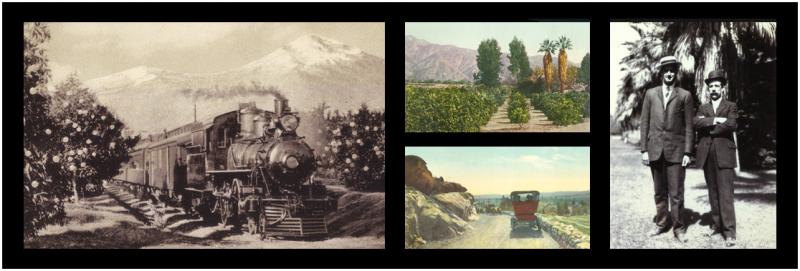
California in 1902 was the perfect spot for Trumble and his fellow experimenters. They could tap near limitless Western U.S. resources. Oil discoveries opened up vast opportunities. Men and women devised methods for working with various fuels. U.S. and foreign investors piled on board to support new enterprises.
Work from early fuel innovators directly led to California’s aerospace prominence in the 1960’s. Texas and California share this legacy. Quiet ventures in places such as Nevada and Wyoming offered exciting progress as well. Examining stories in Western U.S. locations that supported fuel development is a matter of intrigue to researchers now. Unraveling details about vintage ventures that once took place requires dusting off old stories and piecing together connections.

MJ Trumble's story reveals a stimulating exchange of ideas between early U.S. energy innovators and future industry leaders in other countries. Those connections were severed once countries were deemed belligerent leading into World War II. Men who were once peers of MJ Trumble’s wanted benefits in their countries that America seemed to enjoy as it grew limitlessly. Admiration and respect for the U.S. was expressed. Trumble’s collection holds such artifacts of their fond regard. Vintage industrial brochures promoted Asian mining and industrial centers between 1910 and 1930.
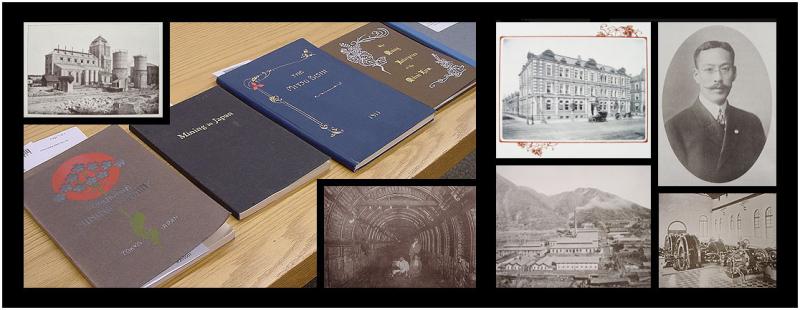
Trumble made it into the early race to develop fuel alongside eminently trained world scientists. His own training was born of experiments at farms, a railroad and oil refineries. Trumble emerged as one of the earliest ‘garage inventors’ of the American West. Roots of his beginnings are outlined in the book.
Men’s romantic enchantment for fiddling with cars to proudly cruise the boulevard was born of independent travelers such as MJ Trumble. Trumble loved autos and refining fuel. He devised a variety of machines and processes. From furnaces to boilers, generators and making steel, Trumble joined the inventors’ race in high gear. As an early member of the Automobile Club and several Southern California men’s societies, this inventor put his pedal to the metal and never looked back.
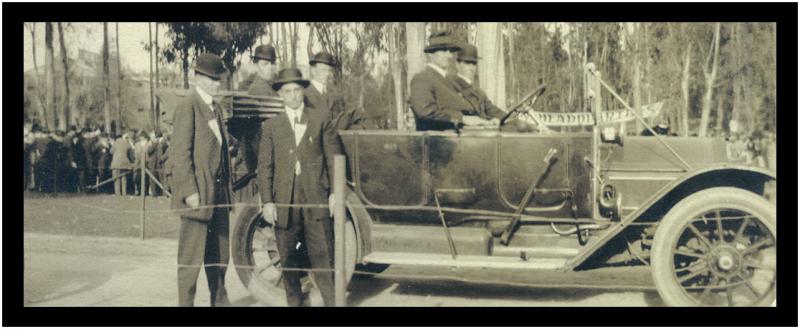
Family memories reveal that MJ loaned out his autos at times, which left his wife using street cars. He’d call home from a trip to let his sons know it was okay to take the roadster out on a Saturday night. He’d toss the keys for his touring sedan to associates who needed prestigious transport for a business trip. Autos that Trumble once owned and garages he frequented are named in the book.
U.S. men and women in the early 1900's aspired to the best of beauty, art and healthy living. They also desired the benefits of industry and honored its quest. In this era, Trumble unveiled a humanistic approach to energy development, combined with a keen eye for profitability.
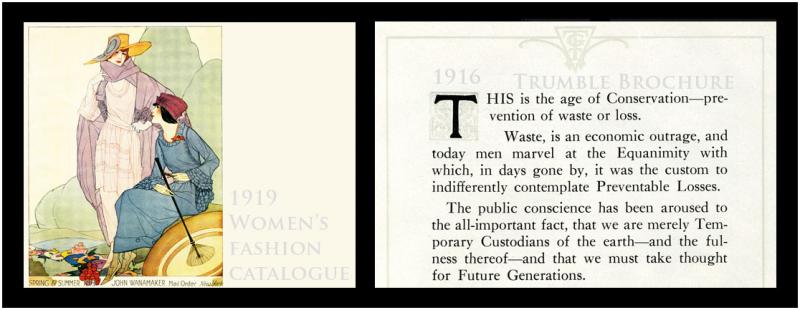
Trumble’s aim in whatever he built was to maximize natural resource potential. His lifelong passion for farming innovation paralleled his interest in oil. He saw no reason to separate the two when the growing country needed inventions in both.
MJ Trumble showed he did not believe in building spectacular monuments of industry. Some countries where his designs were installed built massive industrial complexes. Trumble did not try to duplicate such endeavors in the U.S. under his own financing.
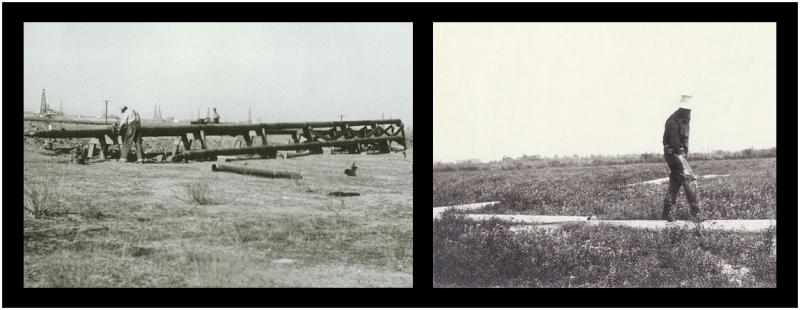
MJ Trumble referred to himself as a practical inventor. He was continually referred to by reporters and industry observers as a practical inventor as well. When he studied malfunctions or wastefulness, including minor conditions that impaired maximum performance, he set out to design calculated improvements. Word would spread that an investment in some Trumble improvement would increase equipment performance and profits. Often, his marketing was carried afoot by men in addition to those on his sales team.
Trumble believed that compact design meant efficiency in manufacturing and affordability. His designs emphasized durable, automatic use with minimal maintenance. A continual aim of Trumble’s was to increase safety. Examples are shown in the book.
EXPERIMENTS LEADING TO PATENTS
The goal of early experimenters was to entice emerging giants of industry to use their inventions. If inventions were adopted and manufactured, inventors could receive royalties and licensing fees for decades to come.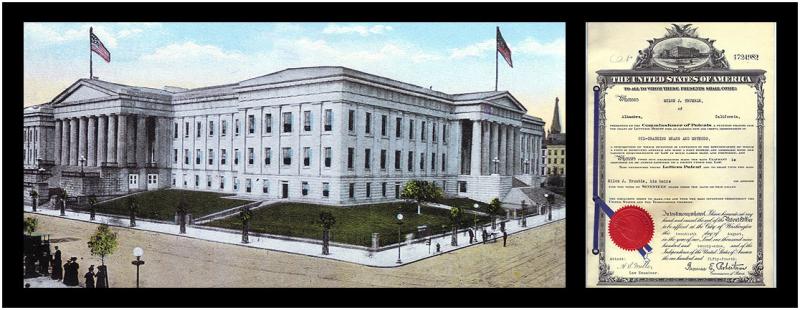
The number of U.S. patent registrations exploded in the early 1900’s. The Patent Office in Washington, D.C. issued certificates as shown above. Such registrations helped guarantee inventors’ rights. After patents were granted, mens such as Trumble could hardly sit back and relax. Maintaining patents was necessary. Defending them in court became critical. Trumble showed he'd try all means to avoid litigation. There are instances when he did, such as in a land dispute with the movie star, William S. Hart. If Trumble had to prove his patents unique before a judge, he aimed to win. The book explains these challenges.
PATENTS LEADING TO COMPANIES
Sale of patented designs was one way inventors thrived. Another was sale of licenses for widespread use of patented processes. Such sales enabled some inventors to accumulate enough capital to establish companies. MJ Trumble’s family preserved evidence of eight companies he founded. He once owned tens of thousands of acres in land and mineral rights. He capitalized U.S. and foreign ventures we are still learning about today. Those that are known are described in the book. Recently found are patents for metals manufacturing registered by Trumble in Canada but not in the U.S. So his story is still unfolding.
U.S. PATENT LEADER
MJ Trumble raced to be the first inventor at patent registrars in the United States and different countries. He claimed his rights to specific designs, as well as improvements to his earlier designs. Among his notable achievements is being reported the first American to register patents in every country. With 75 U.S. Trumble patents that can be viewed today, there emerges a pattern of steady advancement in fuel and energy development. This book lists Trumble’s known patents. More could be added to his total if more patents are released for public viewing.
ENERGY INNOVATION
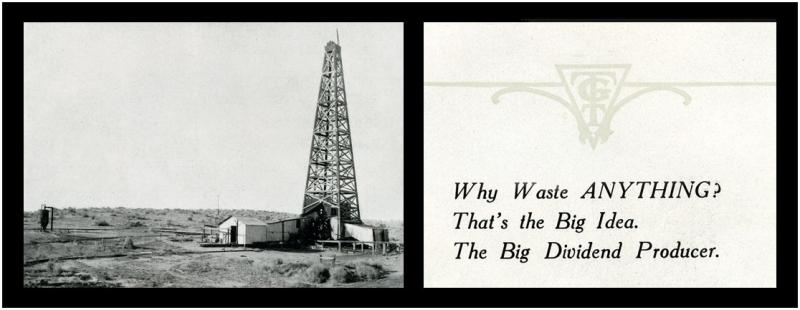
SEPARATING CRUDE OIL and NATURAL GAS
During early oil exploration, inventors wanted to capture wasted gas at oil wells. The task was achieved with various devices put into use at the time. What made Trumble’s quest unique was the speed with which his oil and gas separators were sold and used worldwide.
His early products led to entire systems that set the stage for more innovation to follow. The book explains what enabled Trumble’s rapid success by 1908.
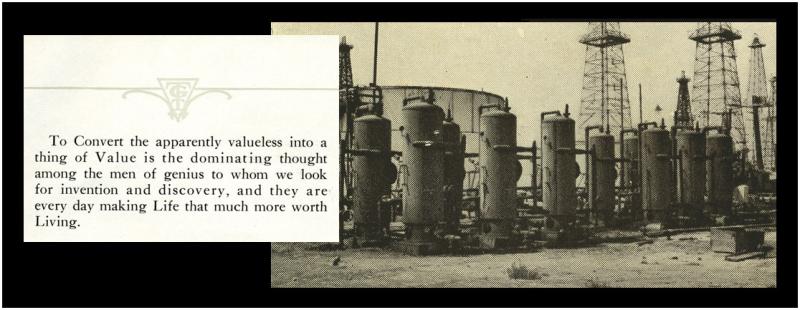
Although the bulk of Trumble’s fortune came from early petroleum innovations, his patents show he remained intent on developing an array of combustion and propulsion alternatives. He became an early innovator refining and carbonizing shale. Products that MJ Trumble developed are today known as shale oil and shale gas.
This book provides graphics explaining some of Trumble’s innovations. He designed refineries through 1930. His body of work that is known by his family and more evidence found in research are discussed.
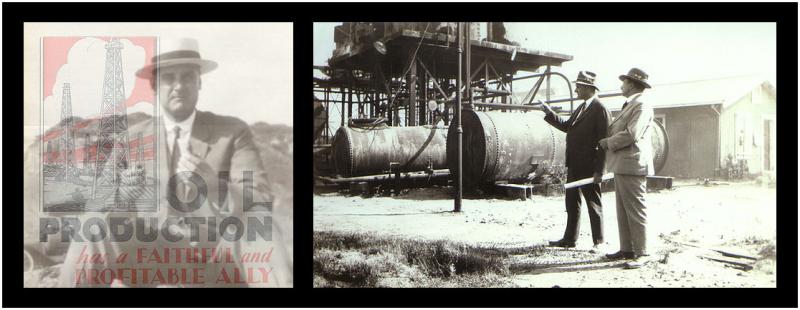
What remains of Trumble’s work is scattered around the world. From pieces of a novel irrigation system in Perris, California, to devices presently used in oil fields in Caracas, Venezuela, Trumble's technical imprints from the past are undeniable. Countries where his inventions are known to have been installed will be named.
Today, Trumble refining principles are taught to university engineering students. Textbooks cite his name but do not describe who he was. This book is written to capture the essence of the man and his era. Physical memorabilia and family accounts provide details that newspapers and text books never recorded.
GLOBAL IMPACT
Making fuel as powerful as possible through precision refining remained Trumble’s life passion. He succeeded to the point of being hailed as ‘the world’s foremost authority on fuel.’ The book explains scientists and engineers who said this.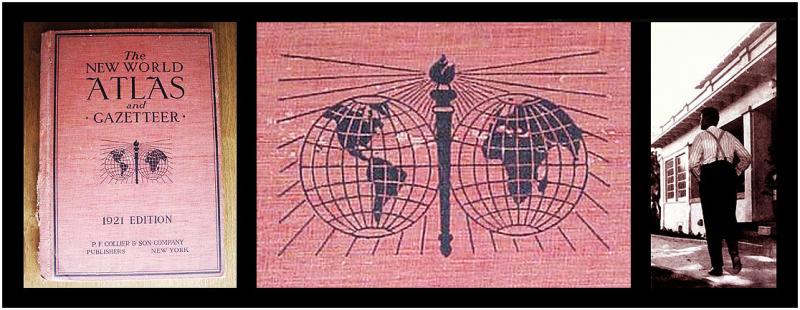
Evolving political dynamics impacted Trumble’s endeavors. Financial interests in global oil got tricky approaching America's Great Depression. MJ Trumble’s global refining company was smack in the middle of upheaval as history shifted course leading to World War II. Details in this book reveal how the inventor adapted. His family lived through his fame, fortune and secrecy until they laid his larger than life body to rest. This book discusses the intrigue after he died.
Relaying to readers how it is to touch and explore what remains of MJ Trumble’s life is the aim of this biography. Many pictures and documents not seen here are included. This book provides the most complete portrait of evidence available on this U.S. inventor.
Milon James Trumble 1879-1931 THE BIOGRAPHY
Gift EditionThe Gift Edition of this book features fully detailed color covers front and back with 168 pages of text and 335 photographic and antique document images. This version provides coverage of research from around the world involving the emergence of industries in countries where oil, tar, shales and more were first discovered and developed. Evidence of MJ Trumble's motives, relationships and accomplishments are found among many artifacts saved by his family. These are vividly shown and explained. Trumble's efforts in different countries with his contributions assisting scientists and governments becomes clear. Information on what became of his patents and assets after his death is provided through examples from the probate of his estate.
This version gives a portrait of the era in which the inventor lived by showing the complexities faced by inventors similarly engaged as Trumble in alternative fuels, metals, chemical engineering and mechanical invention. His particular alignments with major corporations and governments before and through World War I and the early Interwar Era shed light on the way things were for practical American inventors who bounded ahead with few limits.- $
- In stock
Milon James Trumble 1879-1931 THE BIOGRAPHY
Compact EditionThe Compact Edition of this book features black and white covers front and back with 80 pages of text and 43 color photographic and antique document images.
This version provides highlights of key research and artifact evidence from Trumble's life and accomplishments. With this edition, history enthusiasts and students can explore further an abundance of topics on the internet. Pages of exhibits are compressed in this version to give readers the nuts and bolts of Trumble's story. The essence of his pioneering journey is captured through the genesis of Trumble's peculiar efforts with many groups, individuals, companies and nations. His patents may be of greatest interest to historical researchers. In each country where this inventor registered patents around the world are seen the roots of early industries of national importance before World War I and II.- $
- In stock
a book about courageous people
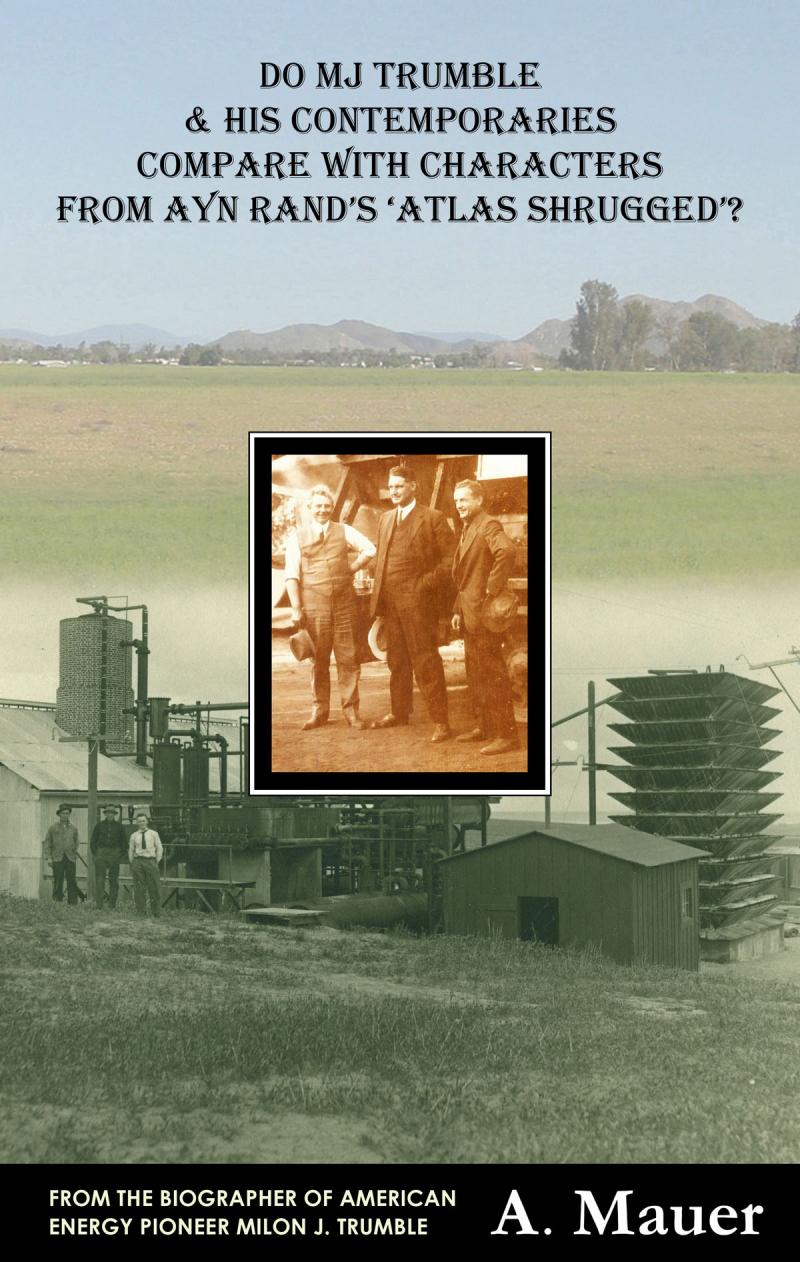
'Do MJ Trumble & His Contemporaries Compare With Characters From Ayn Rand's 'Atlas Shrugged'? is an essay from the biographer of Milon James Trumble. Working with his family and their collection of documents, and conducting research for the past ten years, led to this non-fiction work completed in May 2014.
This 89-page book features 31 color, sepia and black & white images in thirty five 2-4 page topic sections. Sections discuss traits of early U.S. industrial innovators compared to Ayn Rand's perspective and understanding of Americans' view of liberty through the Great Depression, and especially the Post World War II era when she composed her epic novel.
Results exploring facets of this essay were surprising. Completing it rendered a feeling of goodwill toward early pioneers everywhere--as well as their quietly stoic families who carry on today with many of the same attitudes and feelings of their forebearers.
What becomes clear is how much these early builders loved their country. Illuminated is what turned them off to withdraw in various ways, and how keen Ayn Rand was as a foreign writer picking up aspects of an era long-vanished by the time she arrived from Russia in 1925.
Back cover and synopsis:
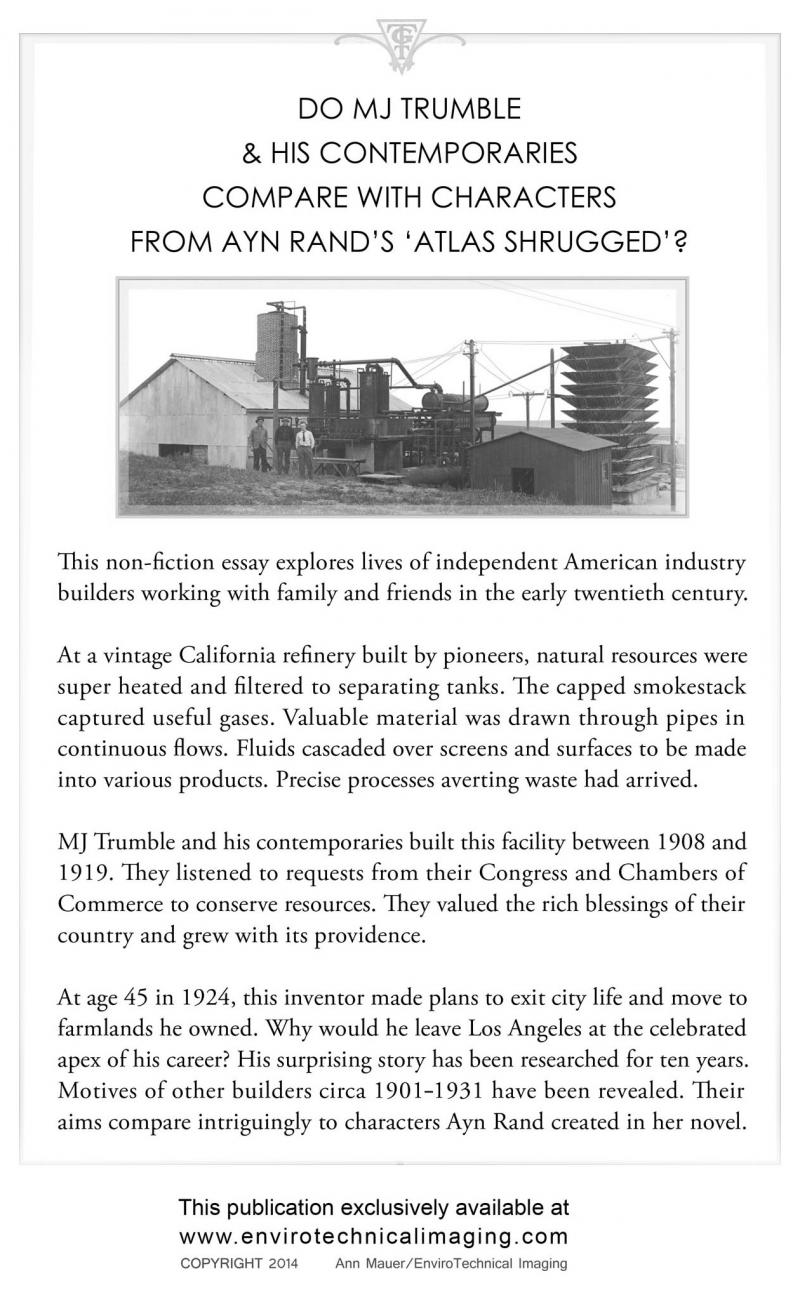
This book is $8 plus U.S. Postal Service media mail delivered to your location.
If you'd like to order copies and pay by personal or cashier's check or money order, please call 951-240-2381 or e-mail ann@envirotechnicalimaging.com
Nonfiction
Biography
AMERICAN
ENERGY
HISTORY
SOME THINGS
HAD TO STAY SECRET
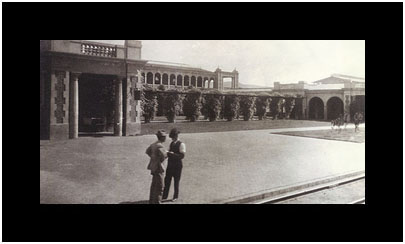
This book describes what MJ Trumble's family recalls of his test submarines.
As a young millionaire proving his worth, MJ Trumble raced with enthusiasm to answer his country’s call.
He applied his capital to this project at a time when the country needed such men to contribute. Henry Ford was asked to do the same and contributed different designs than did Trumble.
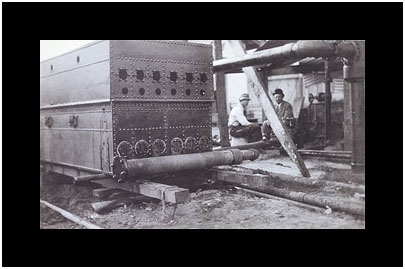 While MJ's work with foreign oil companies required discretion always, his work with the U.S. government required the highest level of secrecy.
While MJ's work with foreign oil companies required discretion always, his work with the U.S. government required the highest level of secrecy.
By the time the Washington Naval Conference convened in November 1921, the government had adopted policies regarding technology to be used for the country’s defense.
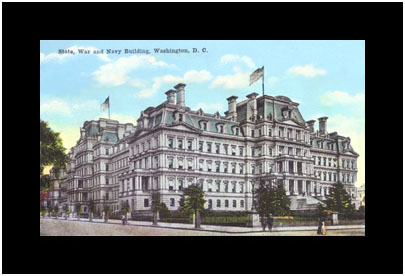 It seemed by then that officials were not so interested in ideas Trumble had developed. Why did they stay in touch?
It seemed by then that officials were not so interested in ideas Trumble had developed. Why did they stay in touch?
This book will explain what is known. Included are photos of prototype vessels MJ Trumble’s family knew he built. As far as his family knows, his submarines disappeared from record.
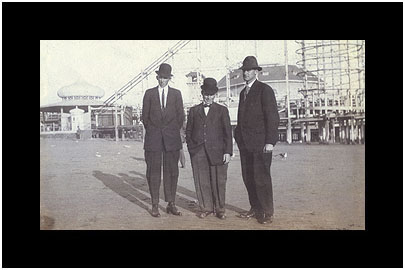
Humorous stories resulted from Trumble’s initial put-down by prominent academics. What research laboratory did he work at?
Yards and farms where MJ's work commenced did not impress all scientists.
Trumble eventually established an experimental plant that included a laboratory. Details about his secret 'shop' are described in the book.
His experimental facility served as a base for the wide open West where the real testing was done on oil fields, farms and dirt highways.
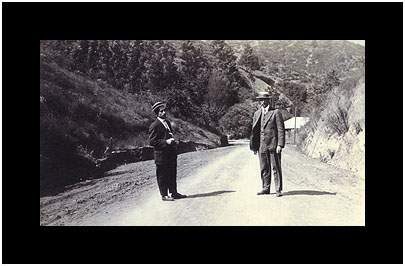
Southern California's Laurel Canyon in 1906 had a challenging road suitable for testing anything.
Movie studios liked using high-combustion Trumble fuels. They could come around back at the shop and pick some up.
Diaries from Trumble’s eldest son reveal accounts of activities like these.
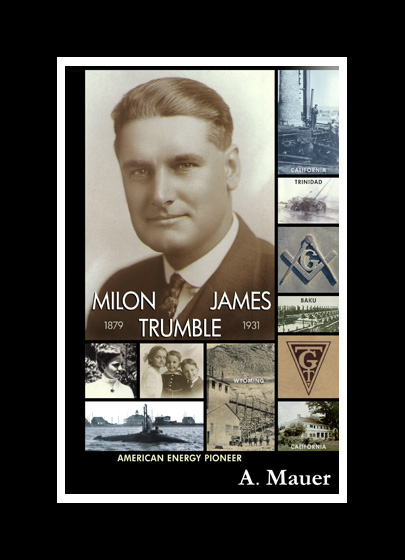
GIFT EDITION
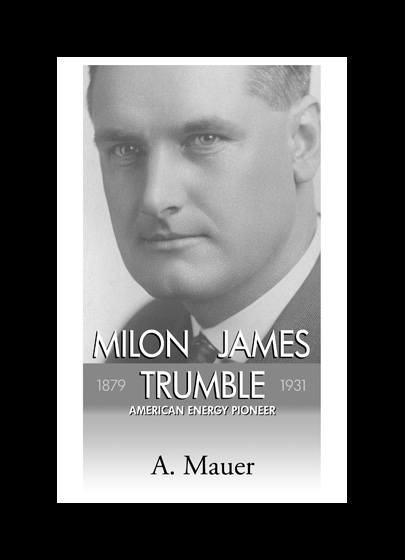
COMPACT EDITION
Nonfiction
Essay
EnviroTechnical Imaging [ETI]
United States
ph: 951-240-2381
ann
